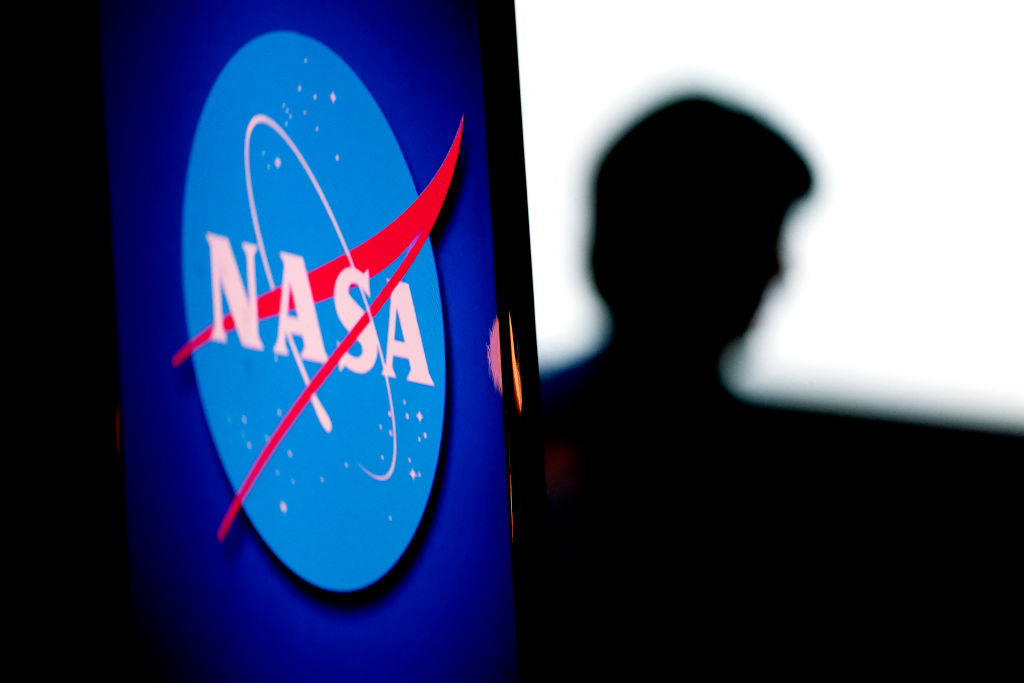
MAGGIE, the next-generation aircraft, would be capable of doing global-scale atmospheric measurements on Mars, ushering in a new age of space technology. It would be developed to travel 179 kilometers at 1,000 meters altitude on a fully charged battery in 7.6 Martian days (sol).
“MAGGIE is a compact fixed-wing aircraft with ultra-high productivity efficiency powered by solar energy to fly in the Martian atmosphere with vertical take-off/landing (VTOL) capability,” says NASA.
The concept has been proposed by US-based aerospace company Coflow Jet, LLC.
MAGGIE’s mission involves a comprehensive exploration strategy, aiming to unravel mysteries related to Martian geophysics, atmospheric chemistry, and the planet’s potential for supporting past or present life. The data collected will be instrumental in advancing our knowledge of Mars and expanding the possibilities for future exploration and research.
MAGGIE would be developed in such a way that it could travel 179 kilometers at 1,000 meters altitude on a fully charged battery in 7.6 Martian days (sol).
MAGGIE’s entire range is estimated to be an impressive 16,048 kilometers during a Martian year.
MAGGIE would perform at least three extensive atmospheric and geophysical studies during its mission, according to current preliminary plans.
The data and observations collected by the aircraft would significantly contribute to our understanding of various Martian phenomena.
Among the set science goals, NASA aims to study the origin and timing of the Martian core dynamo, investigate the source of methane signals in Gale Crater, and map subsurface water ice in the mid-latitudes.
“The conceptual MAGGIE system study indicates that the concept appears to be feasible, but need to be further investigated, designed, and verified under Martian atmospheric conditions in Phase I,” noted NASA.
“MAGGIE is a compact fixed-wing aircraft with ultra-high productivity efficiency powered by solar energy to fly in the Martian atmosphere with vertical take-off/landing (VTOL) capability,” says NASA.
The concept has been proposed by US-based aerospace company Coflow Jet, LLC.
MAGGIE’s mission involves a comprehensive exploration strategy, aiming to unravel mysteries related to Martian geophysics, atmospheric chemistry, and the planet’s potential for supporting past or present life. The data collected will be instrumental in advancing our knowledge of Mars and expanding the possibilities for future exploration and research.
MAGGIE would be developed in such a way that it could travel 179 kilometers at 1,000 meters altitude on a fully charged battery in 7.6 Martian days (sol).
MAGGIE’s entire range is estimated to be an impressive 16,048 kilometers during a Martian year.
MAGGIE would perform at least three extensive atmospheric and geophysical studies during its mission, according to current preliminary plans.
The data and observations collected by the aircraft would significantly contribute to our understanding of various Martian phenomena.
Among the set science goals, NASA aims to study the origin and timing of the Martian core dynamo, investigate the source of methane signals in Gale Crater, and map subsurface water ice in the mid-latitudes.
“The conceptual MAGGIE system study indicates that the concept appears to be feasible, but need to be further investigated, designed, and verified under Martian atmospheric conditions in Phase I,” noted NASA.












